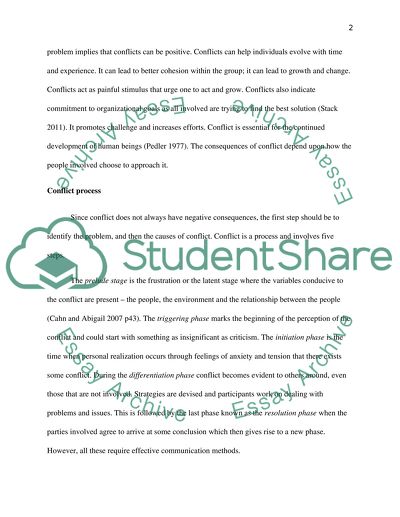Cite this document
(“Conflict Management Term Paper Example | Topics and Well Written Essays - 2000 words”, n.d.)
Retrieved from https://studentshare.org/other/1426618-conflict-management
Retrieved from https://studentshare.org/other/1426618-conflict-management
(Conflict Management Term Paper Example | Topics and Well Written Essays - 2000 Words)
https://studentshare.org/other/1426618-conflict-management.
https://studentshare.org/other/1426618-conflict-management.
“Conflict Management Term Paper Example | Topics and Well Written Essays - 2000 Words”, n.d. https://studentshare.org/other/1426618-conflict-management.


